Changing Consumer Perception by Improving Water Aesthetics
In an AWWA Opflow article, Chowdhury and other industry leaders discussed how to comprehensively address water aesthetics issues.
We often turn on the tap, drink the water, and think nothing of it. But when the water is discolored or has a taste or odor we’re not accustomed to, we tend to think that there is an issue with the quality. We question the reliability and safety of our water. In most cases, it’s an aesthetic issue that doesn’t have regulatory requirements and doesn’t compromise water supply’s safety.
However, these perceptions can translate to inaccurate judgements on the quality of water, often leading consumers to prefer bottled water over tap water for its lack of taste or odor. In many instances, the taste associated with tap water is from chlorine, which is used as a disinfectant to maintain the water’s safety.
So, what do we do when public perception is influencing consumer trust in our water systems?
In the AWWA Opflow article “Tap Water Aesthetics: The Tail That Wags the Dog,” several experts, including Garver Water Practice Leader Zaid Chowdhury, PE, Ph.D., BCEE, a leading national water quality expert, discuss how the AWWA’s Aesthetic Quality and Perception Committee addresses aesthetic issues comprehensively.
Chowdhury has devoted his 30-plus year career to assisting utilities by maintaining the safety and reliability of their water. He has worked extensively with the Environmental Protection Agency (EPA) in their effort to develop regulations for improving water quality and has created custom solutions addressing the concerns of utilities across the nation.
In 2020, Chowdhury assisted with the decision to rebrand the Taste and Odor Committee into the Aesthetic Quality and Perception Committee. By rebranding, the committee hopes to bring public awareness to water quality and serve as a resource for AWWA members on aesthetic quality issues.
The committee’s mission is to advance and spread knowledge that addresses and resolves concerns related to aesthetic issues, such as taste, odor, and appearance through several initiatives. To do that, they’re looking to produce conference presentations, webinars, handbooks, and articles. They’re also looking to grow their membership base for networking and collaboration to strengthen the field.
Additionally, the committee is planning a webpage that will highlight activities, publications, and allow submission of questions, all aimed at sharing knowledge to tackle aesthetic-related concerns.
Currently, the AWWA Diagnosing Taste and Odor Problems Field Guide is being revised to expand and include other relevant aesthetic aspects related to drinking water quality. This guide will serve as a reference for members looking to address these issues.
By proactively addressing aesthetic issues and providing resources, the committee hopes to reduce the number of complaints, improve perception, and build confidence with consumers. With committee leaders like Chowdhury and his team of experts, as an AWWA community, we can conquer this challenge all while increasing consumers’ reliability in our water systems.
AWWA’s Aesthetic Quality and Perception Committee is looking for new members to assist with changing public perception and spreading information regarding aesthetic issues. If interested in joining, or about other details regarding water aesthetics, contact Chowdhury below.

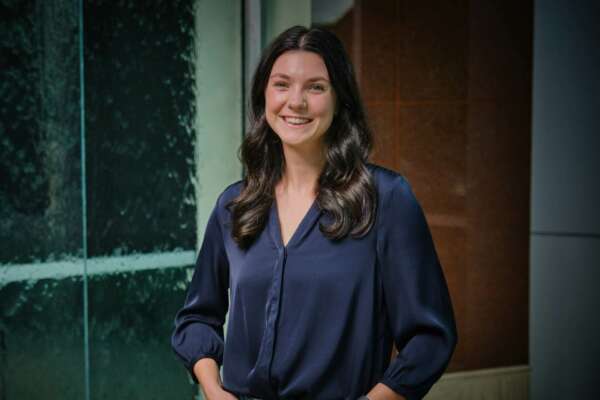

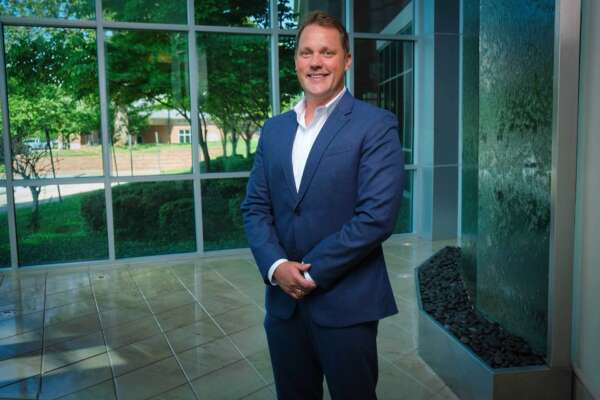
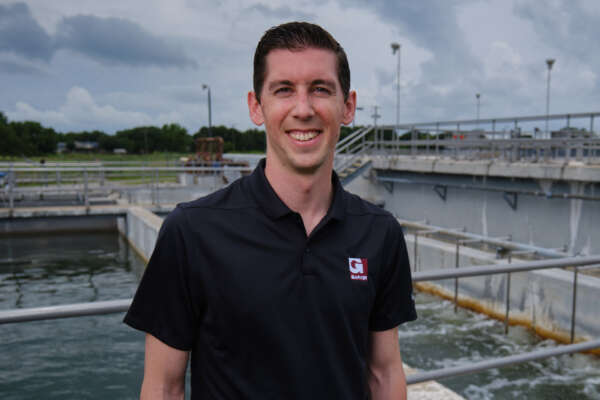

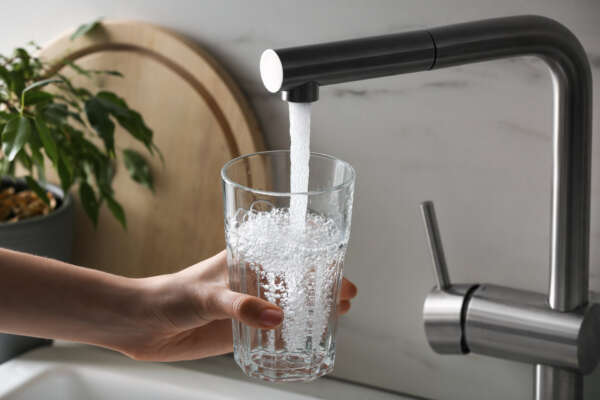
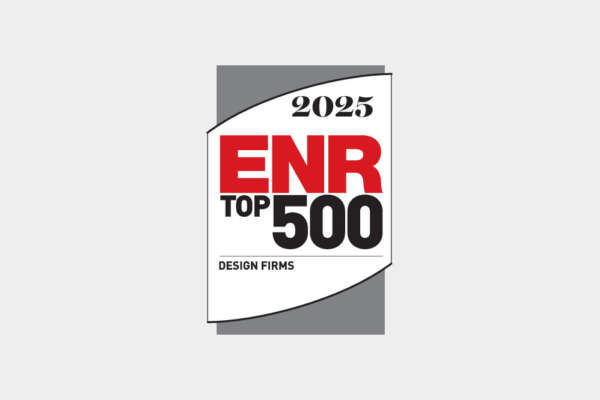

Share this article